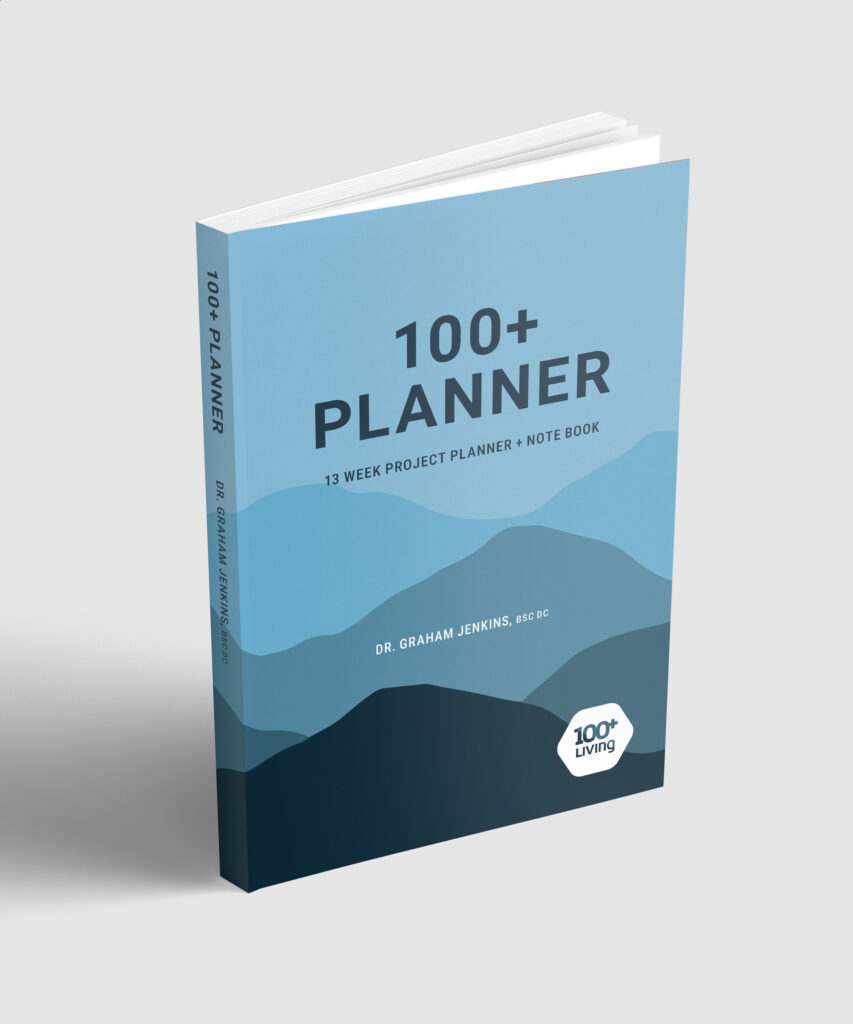When it comes to setting and achieving goals, one of the most powerful strategies I’ve discovered is breaking the year into 90-day sprints. This approach, which I use in my 13-week project planner and notebook, has been a game-changer—not only for me but also for countless others who are committed to making consistent progress in their lives.
Why 90 days? It’s long enough to make significant progress but short enough to keep your momentum high and your focus razor-sharp. It’s about creating an actionable, measurable plan for achieving meaningful goals while staying adaptable and inspired along the way.
In this blog post, I’ll walk you through why 90-day plans are so effective, how to create your own, and why pen and paper journaling is the ultimate tool for making your goals stick.
Why 90-Day Plans Work
Breaking your goals into 90-day sprints allows you to:
- Maintain Focus: A year-long goal can feel overwhelming and distant. By narrowing your focus to three months, you can zero in on what truly matters.
- Stay Adaptable: Life happens, and 90-day plans allow you to adjust as needed while still making meaningful progress.
- Celebrate Progress: Shorter time frames mean more frequent milestones to celebrate, which keeps you motivated.
- Build Momentum: Completing smaller goals creates a ripple effect of success, propelling you toward your larger ambitions.
Research supports the effectiveness of shorter goal-setting timeframes. A study published in Psychological Bulletin found that breaking long-term goals into smaller, actionable steps significantly improves the likelihood of success.
How to Create Your 90-Day Plan
1. Start with SMART Goals
The first step in your 90-day plan is to set SMART goals—goals that are Specific, Measurable, Achievable, Relevant, and Time-bound.
Here’s an example:
- Specific: “I want to improve my fitness by completing a strength training program.”
- Measurable: “I will work out three times a week and increase my deadlift by 20 pounds.”
- Achievable: “I have access to a gym and a program tailored to my fitness level.”
- Relevant: “This supports my larger goal of living a healthy, active lifestyle.”
- Time-bound: “I will complete this goal within 90 days.”
2. Break It Down
Once you’ve identified your goals, break them into smaller, actionable steps. For example:
- Week 1-4: Focus on mastering form and building a workout routine.
- Week 5-8: Gradually increase intensity and track progress.
- Week 9-12: Push through plateaus and celebrate milestones.
Breaking your 90-day plan into monthly or weekly tasks makes the process feel manageable and ensures you stay on track.
3. Write It Down
Here’s where the magic happens. Physically write down your goals, action steps, and weekly plans. While digital tools are convenient, pen and paper journaling has unique neurological benefits.
Research from the Journal of Writing Research shows that handwriting improves memory retention, critical thinking, and creativity. The act of writing engages multiple areas of the brain, creating a stronger connection between your goals and your actions. Plus, journaling keeps you grounded and reduces screen time—a win for your mental health.
4. Celebrate Wins Along the Way
Don’t wait until the end of 90 days to celebrate. Build in regular checkpoints to acknowledge your progress. Whether it’s a small reward, a gratitude reflection, or sharing your success with a friend, celebrating keeps you motivated and reinforces positive habits.
Why Pen and Paper is Better
In a world where digital tools are everywhere, going old school with pen and paper might seem counterintuitive. But here’s why it works so well:
- Enhanced Learning: Writing by hand improves information processing and retention. It’s not just about writing; it’s about how your brain engages with the act.
- Reduced Distractions: Digital tools can be a double-edged sword, offering convenience but also pulling your attention toward notifications, apps, and social media.
- Intentionality: Using a notebook creates a focused, intentional space for your goals. It feels more personal and reflective.
- Mind-Body Connection: Writing by hand creates a deeper connection between your thoughts and actions, reinforcing your commitment to your goals.
Why You Should Journal and Reflect
Journaling isn’t just about tracking progress—it’s about creating a dialogue with yourself. It’s a space to reflect on what’s working, what isn’t, and how you feel about your journey.
In my 13-week project planner and notebook, I include a gratitude section because I believe reflection and gratitude are essential for long-term success. Gratitude rewires your brain toward positivity, helping you stay resilient even when challenges arise.
Example of a 90-Day Plan in Action
Let’s look at a real-world example:
Goal: Write the first draft of a book.
- Month 1:
- Outline the book’s structure.
- Write 500 words daily.
- Month 2:
- Focus on completing chapters 1-6.
- Edit and refine chapter outlines for clarity.
- Month 3:
- Complete chapters 7-10.
- Review the draft and compile notes for revisions.
By breaking the larger goal into smaller, actionable steps, you maintain focus and momentum while avoiding overwhelm.
How I Use My 100+ Planner
I created my 13-week project planner and notebook to make this process simple and effective. It’s not just a planner—it’s a system for turning your vision into reality. With sections for setting goals, breaking them into actionable steps, journaling, and reflecting on gratitude, it’s the tool I use every day to stay on track.
For a step-by-step walk-through of how I use my planner, check out our 100+Living YouTube Channel. There, I share real-life examples of how to not only set goals but crush them month after month, year after year.
Take the First Step Today
Whether you’re launching a new project, building a fitness routine, or simply trying to live more intentionally, a 90-day plan can transform your approach to goal-setting.
Here’s how to get started:
- Grab a notebook—or better yet, try my 13-week project planner and notebook.
- Set SMART goals and break them into actionable steps.
- Write them down—physically! Let your brain and body engage in the process.
- Journal your wins and reflect regularly.
Remember, this isn’t just about achieving goals. It’s about creating a life that feels purposeful and aligned with your vision.
The Power of 90-Day Plans
When you commit to a 90-day plan, you’re not just setting goals—you’re creating a framework for success. By focusing your energy, celebrating your progress, and staying intentional, you’ll be amazed at what you can accomplish.
If you’re ready to take the next step, grab a copy of my 13-week project planner and notebook and join me on the 100+Living YouTube Channel for a behind-the-scenes look at how I make it all happen. Together, let’s turn your goals into reality and create a life you love—one 90-day sprint at a time.
Here’s to living with purpose, achieving your goals, and celebrating every step along the way!








